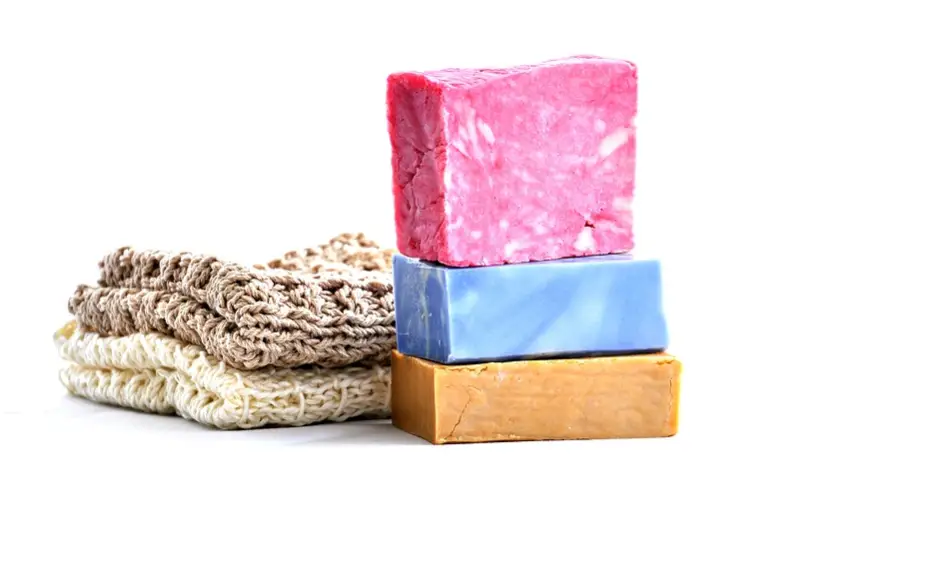We can see 8 types of demand which are necessary for fulfilling the customer value.
- Negative demand: Generally, negative demand is created when customers have disliked the product but this product actually useful to them. They try to avoid this product. Customers merely don’t want it. For example, if the hospitals or clinics reduce 50%on chemotherapy, is there any customers who will go for it? The answer is no one will go for it.
However, Negative demand can be a positive one by doing some things. Have a look-
- Try to create awareness rather than promotion.
- Inform the customers about the importance of your products.
2. Non-existent demand: Customers are unaware or uninterested in these types of products. Or the customers know about the product but are not interested to buy. This may be happening because of culture or thinking this mere waste of money. For example, family planning is a non-existent demand for rural people. They are unaware or uninterested in family planning. Or they know this but are not interested to use. Insurance is another example. Insurance is both negative demand and non-existent demand.
Non-existent demand can be a positive one by doing some things. Have a look-
- At first, create awareness
- Modern farming is the best example.
- After taking modern facilities, farmers are produced more crops than before.
- Non-existent demand can be turned into full demand if you promote it effectively.
- Everywhere you need to give your message to the customers.
- The negative demand and non-existent demand need aggressive promotion.
- Now contraceptive pill is the overfull demand but in the past, it was non-existent demand. This happens because of creating awareness. However, check the price elasticity of demand.
3. Latent demand: The existing products are not satisfied the customer’s present needs. Producers need to understand the latent demand of the customer. To understand the latent demand of the customer, you need to question your customer about what they want. Try to collect feedback from your customer as the restaurant owners do. At present in every restaurant, we can see a suggestion box, where the customer gives their feedback or if they have any complaints just inform them. Every day, you need to sense your customer. How their demand is changing. As life becomes busier, a customer may want to order online, so have to prepare for it.

4. Declining demand: In the past, Aromatic soap is the market leader but gradually it loses its appeal. This product is facing declining demand. This may be happening because of changes in customers’ preferences, tastes, and radical technological development. For example, people in the past used Walkman for listening to songs. Then after introducing the iPod, people move to the iPod. And after introducing headphones, people love it most. Now, Walkman is facing declining demand.
Declining demand can be a positive one by doing some things. Have a look-
- Re-marketing
- Re-branding
- Re-positioning

5. Irregular demand: Irregular demand is created because of usage rate based on a seasonal, monthly, weekly, daily, and hourly basis. For example, an umbrella. We use an umbrella only in the rainy season but all over the year umbrella faces irregular demand.
6. Unwholesome demand: People are aware of the bad effect of the product but they are still attracted to this. A cigarette is the best example of it.
7. Full demand: The products have the same demand all over the year. For example, medicines are always have full demand. Whatever the doctor suggests, customers buy this. But if pharmaceutical companies reduce or discount the price of medicine, customers aren’t ready to pay for this.
8. Overfull demand: Suddenly people are likely to buy more products. These create a shortage of supply and an increase in prices. Artificial stock creates demand. For example: at the time of Eid, the price of train and bus tickets increased because of artificial stock created by the sellers.
Moreover, check marketing strategy.
